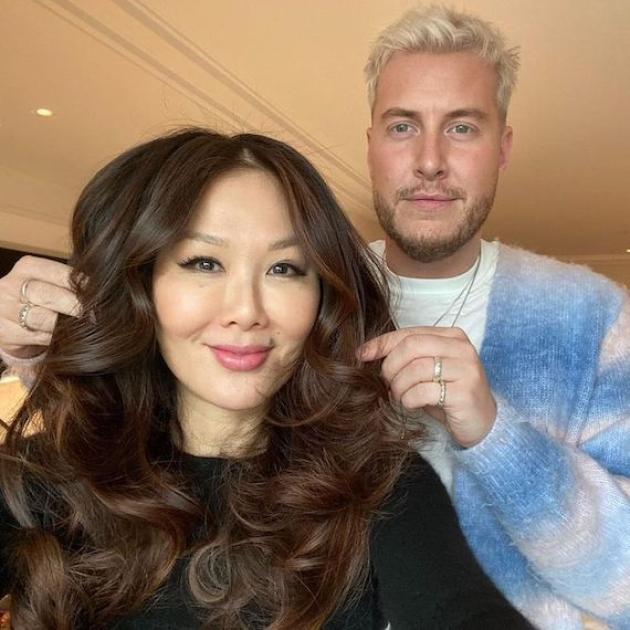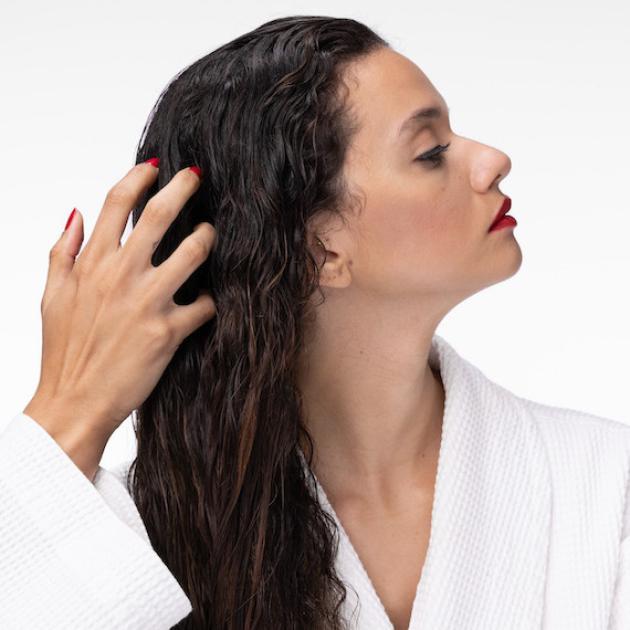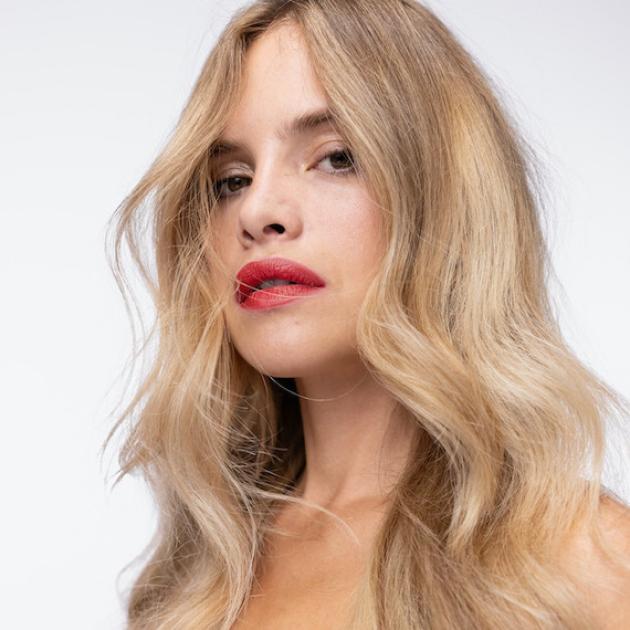Is Dry Shampoo Bad For Your Hair? The Truth Revealed
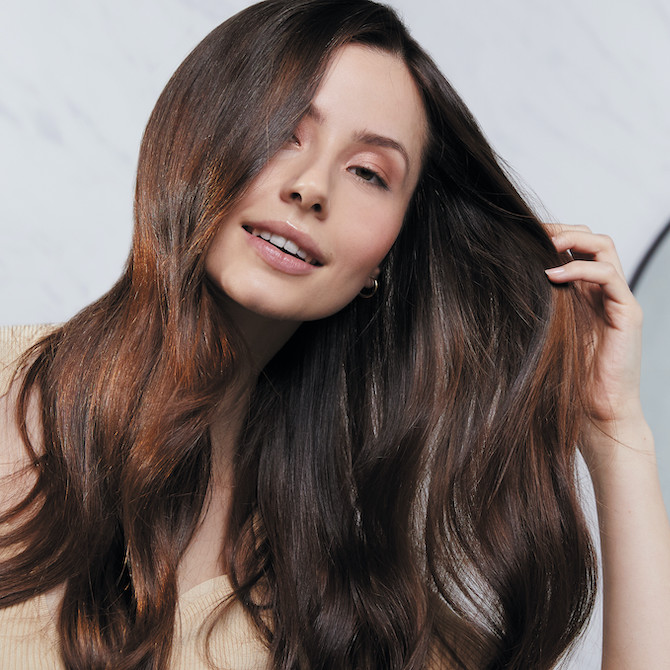
Is dry shampoo bad for your hair? If you’re using it a lot – or you’re thinking about it – it's only natural to wonder what kind of effect it might have on strands. So, let’s explore the real impact of dry shampoo (spoiler alert: it’s good news!), plus ways you can use it to get the best results. Here’s what you need to know…
What is Dry Shampoo Used For?
Everyone who’s heard of dry shampoo knows it’s great for disguising oily hair. When there’s no time for washing, this SOS styler can be misted into roots to absorb oil instantly. But bridging the gap between hair wash days isn’t its only benefit; dry shampoo is also useful for boosting body, grip and guts in tricky-to-style hair.
When you want to use it as a volumizer, try misting it through the roots and lengths of blow-dried hair. Apply it like a finishing spray to amp up the body when you’ve straightened or curled locks. It not only adds instant lift, but it also feels 100% weightless, so you can enjoy the most effortless ‘va-va-voom’. Simply lift, spray and shake to amp up the volume.
Meanwhile, if your hair is too silky (yes, that’s a thing!) and you want to style it in a braid or pony, dry shampoo will lend your locks some extra grip and guts. Use it as a prep spray before you style to give hair added hold. The boost in texture means braiding becomes easier than ever before; no more slippery styling when you’re trying to perfect a boho twist.
So, Is Dry Shampoo Bad For Your Hair?
Good news for dry shampoo lovers: it’s not bad for your hair or scalp. But, as with all hair care and styling products, how you use it is key to getting the best results. While a spritz through two-day-old hair is great for bridging the gap between washes, you don’t want to overdo it and end up with product build-up on your scalp. So, reach for dry shampoo on the days you really need it; when locks crave a lift or roots call out for a refresh. Then, make sure you’re still lathering up regularly with shampoo to maintain a healthy scalp.
What About Thin or Fine Hair?
The same is true if you have thin or fine hair; it won’t damage your scalp. In fact, dry shampoo holds some major benefits for finer locks, because it helps to bump up volume. Use it not just on the roots, but through the lengths of hair too, for texture and body. Make sure you shake the bottle first, then hold it six inches away from strands and lightly mist all over.
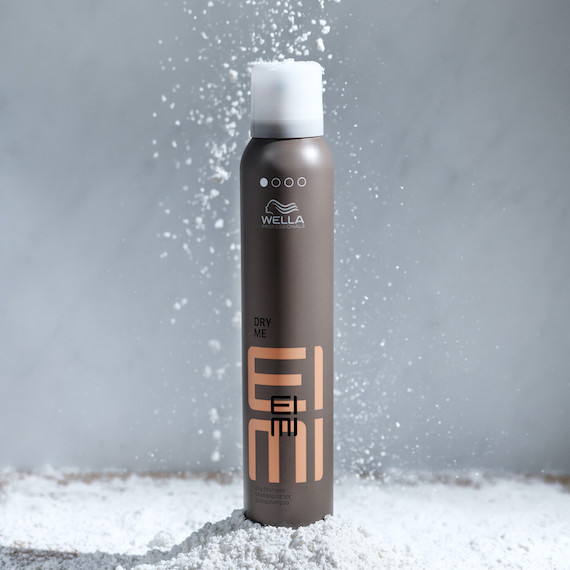
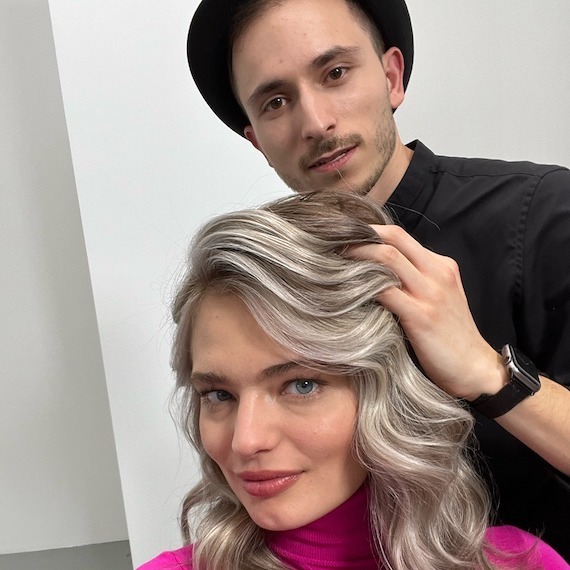
What’s the Best Dry Shampoo to Use?
Our go-to dry shampoo is EIMI Dry Me. It harnesses Tapioca Starch, which instantly absorbs oil to keep hair clean and fresh in between washes. Because it’s a salon-grade styler, it’s made to be ultra-versatile. Use it for all hair types to refresh locks, boost body, or give hair a manageable matte texture with an invisible finish.
How Often is it OK to Use Dry Shampoo?
You can use dry shampoo as much as you like, as long as you still wash your hair regularly. To avoid build-up, try not to use it for more than two days in a row before hitting the shower.
Your hair wash cycle might look like this:
Day 1 - Wash and style your hair with your favorite care essentials. We love ULTIMATE REPAIR Shampoo and ULTIMATE REPAIR Conditioner, followed by Miracle Hair Rescue for deep nourishment. No dry shampoo is needed.
Day 2 - Hair should still feel fresh, so you can probably skip dry shampoo on this day. However, if you’re wanting extra body, you could lightly mist it through the lengths for instant texture.
Day 3 - Time for a quick refresh. Focus dry shampoo through the roots for that just-washed look. Work section by section, and don’t forget to mist into the nape if you’re working a ponytail.
Day 4 - Assess the situation. Will dry shampoo be enough to keep hair looking and feeling fresh? Or is it time for another hair wash day? If your locks look greasy, or if you’ve already used dry shampoo for two days, it’s time to restart the cycle and lather up.
How Do I Remove Product Build-Up?
Is your scalp showing signs of product build-up? Whether it’s dry shampoo, hair spray, gel, or another styling product, removing residue is easier than you might think. First up, you need a clarifying shampoo, like INVIGO Aqua Pure Purifying Shampoo. Work it section by section through the scalp, and take care to rinse it out thoroughly. Then, if your scalp feels dry or sensitive, treat it to the INVIGO Senso Calm Sensitive Mask. Infused with allantoin, this calming treatment relieves itchiness while helping to strengthen the scalp and hair. Massage it in, leave it on for five minutes, then rinse.
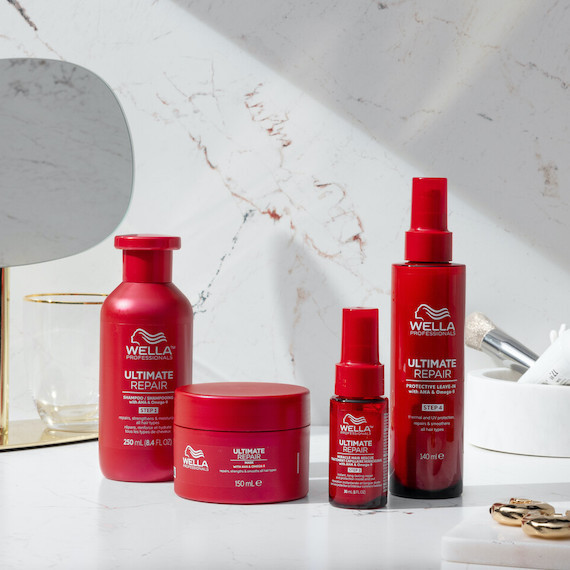
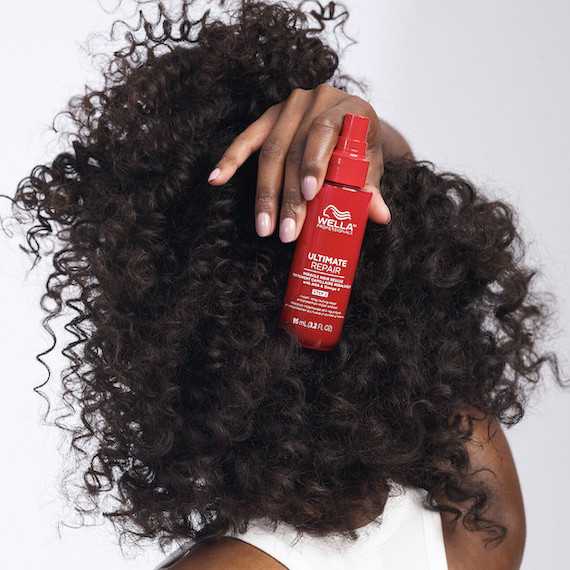
If the build-up is through the lengths instead of the roots (volume seekers, take note!), adopt a deeply nourishing regimen to keep locks hydrated from root to tip. Start with ULTIMATE REPAIR Shampoo, which thoroughly yet gently cleanses, while preparing the hair for the bond-rebuilding process. Then, follow with ULTIMATE REPAIR Conditioner, which is packed with AHA and Omega-9. Together, this skincare-inspired combo replenishes strands from the inside out.
Finally, mist hair with ULTIMATE REPAIR Miracle Hair Rescue to repair damage in 90 seconds*. All you have to do is spray it from root to tip, allow it to absorb, and style hair as usual. Together with the Shampoo and Conditioner, it leaves hair 12x smoother** with 99% less breakage***. Build-up will be gone, and locks will feel soft and nourished once more.
How Will I Know When It’s Time to Wash My Hair?
It’s early. You’re late. So, you naturally wonder, ‘should I wash my hair or can I use dry shampoo?’ But you’ll know it’s time for a hair wash day if your scalp feels oily, or if you’ve used dry shampoo more than two days in a row. So, assess the situation and hit the shower if your hair feels less than fresh. Dry shampoo may temporarily keep greasy roots at bay, but shampoo is a must to keep the scalp clean and healthy.
Can I Bring Dry Shampoo on a Plane?
Dry shampoo can be packed in your checked luggage, no matter where you’re flying to. But, if you want to take it in your hand luggage, check the rules at the airports you’re flying in and out of first. As a general rule, any container less than 100ml is safe for taking on the plane with you. However, you don’t want to get caught out, so do your research or, to be extra sure, tuck it in your suitcase instead.
What to Use Instead of Dry Shampoo?
The most obvious alternative to dry shampoo is, well, actual shampoo. Nothing feels fresher than hair wash day, so if you’re able to make time for it, lather up. But if you use dry shampoo for texture and volume, you’ll also love the finish of EIMI Sugar Lift. Rich yet flexible, it provides lift, shine and manageability when misted from root to tip. Spray, scrunch and manipulate with this weightless styling spray. You can use it on damped hair or dry hair to dial up texture as and when you need it.
Looking for more ways to care for hair? Discover our complete collection of Hair Care Guides, featuring tips for every type and concern.
* When using ULTIMATE REPAIR Miracle Hair Rescue.
** Vs. non-conditioning shampoo.
*** When using ULTIMATE REPAIR Miracle Hair Rescue. Instrumental test versus non-conditioning shampoo.

